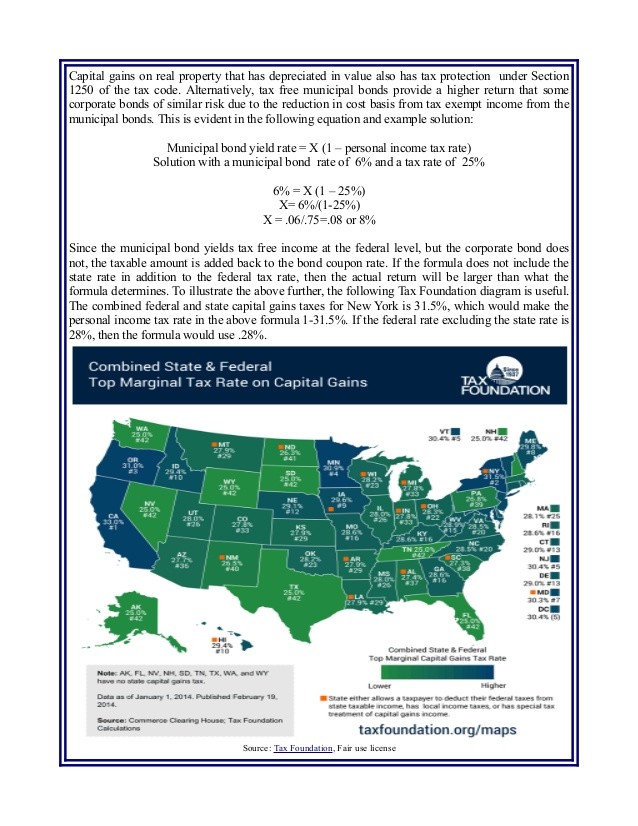Investment Bonds Pros Cons For the Higher Rate Tax Payer
Post on: 10 Июль, 2015 No Comment

A Life Insurance Investment Bond is widely available for you to invest in. As with many investments, there are advantages and disadvantages to using this form of tax wrapper.
One of the main points to bear in mind is that the tax wrapper status of any financial product dictates how much tax you will/won’t pay on the investment at outset, during and at the end of the term.
It is the actual funds where the money is invested that determines how much you will get back when the plan matures or you cash it in.
One of the main advantages of the Life Insurance Investment Bond, either onshore or offshore, is that you are able to withdraw up to 5% of the amount invested each policy year without triggering what is known as a ‘chargeable event gain’.
Whilst this defers any tax liability to the future (it may not avoid any further tax due), the good news is that each 5% allowance is cumulative therefore and can be carried forward each policy year. For example, if no withdrawals are made in years one to four 25% can be drawn in year five.
You are not able to take more than the amount invested over the lifetime of the bond, therefore if you withdraw 5% per annum the maximum time period for these withdrawals is 20 years.
HMRC treat withdrawals as a withdrawal of capital and if the amounts are kept within the tax deferred allowance there is no need for you to declare them on their tax returns.
As tax on the withdrawals are deferred until the bond or policy segments are surrendered you can defer tax until the most suitable time for your circumstances.
5% Withdrawals
The 5% tax deferred allowance provides a gross equivalent income of 6.25% for a basic rate tax payer, 8.33% for a higher rate tax payer and 10% for a 50% tax payer.
To reiterate though, (and before you get carried away) remember that withdrawals from the bond are tax deferred and not tax free!
It is possible to extend the number of years that you can take tax deferred withdrawals by taking less than the 5%.
For example, if you take 4% per annum then this can be continued for 25 years without any immediate tax charge.
Reducing Taxable Income
As the withdrawals are treated as a withdrawal of capital they can be helpful when trying to keep your income below certain levels.
Some clients, or their spouse / partner, may have income that hovers around the ‘age allowance trap’ area.
If you are aged 65 or over you have a higher personal allowance, however, this is reduced where taxable income exceeds a certain limit. The limit for 2010/11 is 22,900 and for each 2 of income above this limit the personal allowance will reduce by 1 until it falls to the standard levels.
The withdrawals from a bond do not count towards income for these purposes and so can be useful for providing additional ‘income’ whilst maintaining the higher allowances. This is in contrast with other investments, ie deposits, shares, unit trusts and OEICs where the interest or dividends will be added to your income and taxed accordingly.
Looking at an example, John is 67 and has pension income of 22,000 in the tax year 2010/11. He also has 200,000 on deposit which pays him 3% gross interest, ie 6,000 in the tax year.
This means his total income of 28,000 takes him over the age related allowance of 22,900 by 5,100. His age related allowance will therefore be reduced by one half of this amount, 2,550, bringing it down from 9,490 to 6,940.
If he had invested the 200,000 in an Offshore Investment Bond he can take withdrawals of 2.4% giving him annual ‘income’ equivalent to the net interest from his deposits.

He would have saved 1,710 in tax in the current tax year by maintaining his entire age related allowance (2,550 x 20%) and deferring the 20% tax on the interest (6,000 x 20%).
He would also have the flexibility to increase these withdrawals in future years and have potential for some capital growth.
Of course, tax will be payable when a chargeable event is triggered, however, if a lower withdrawal rate is used this can be delayed for some time.
Summary
It is important to bear in mind that we have only looked at one or two factors of Investment Bonds in this article and you should take professional advice before you make any important financial decisions.
Our view is that you should always weigh up the pros and cons of any investment in line with your individual circumstances before you proceed.
The Financial Tips Bottom Line
Investment Bonds, whether onshore or offshore, can offer valuable benefits to investors as part of an overall investment programme.
Alongside these products, you should also consider other mainstream offerings such as personal pensions, ISAs, unit trusts, deposit savings and investment trusts.
www.medicaldentalfs.com where you can request your free retirement planning guide. Rutherford Wilkinson ltd is authorised and regulated by the Financial Services Authority.
This article was published on 26 May 2010 and has been viewed 531 times














